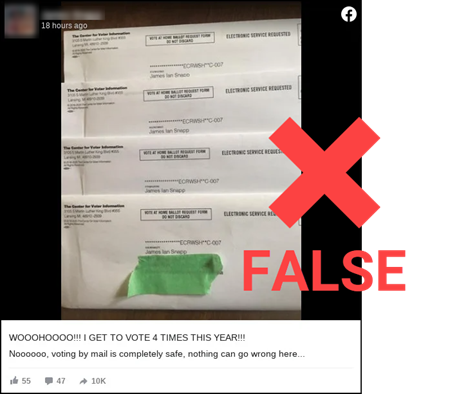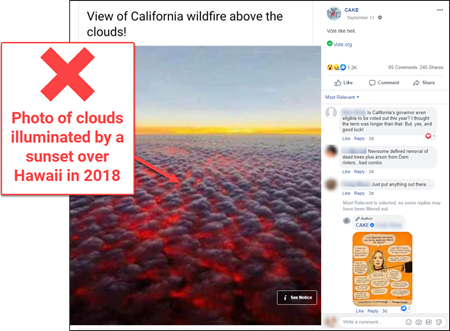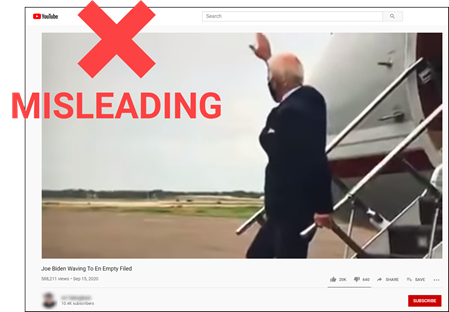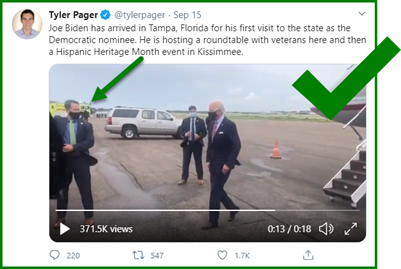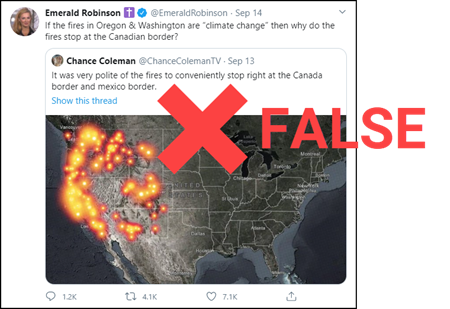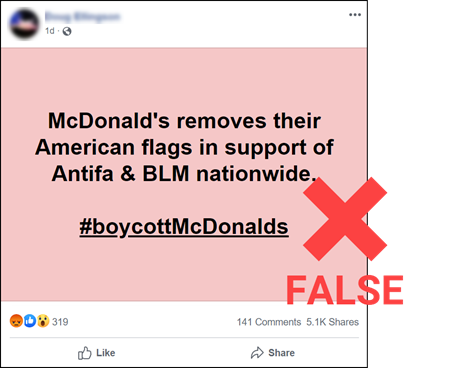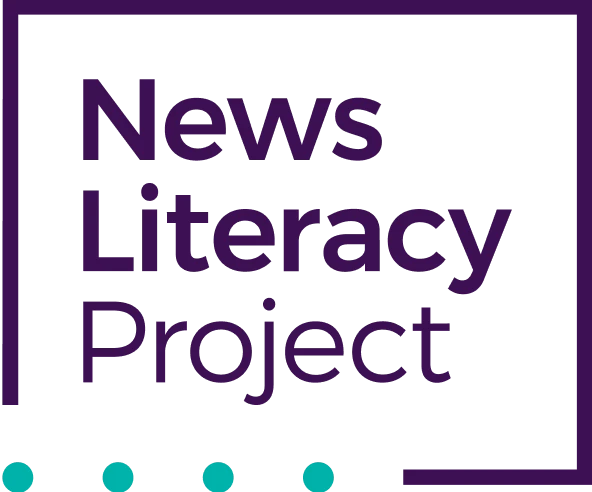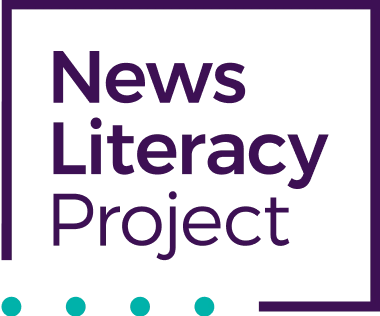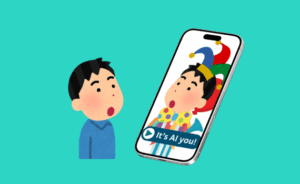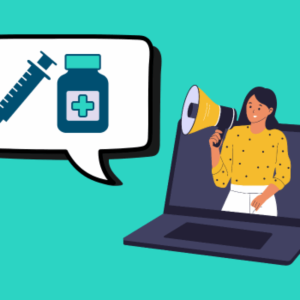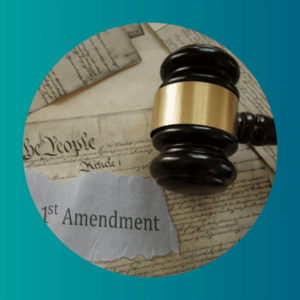|
★ Sift Picks
Hannah: “The Social Dilemma Fails to Tackle the Real Issues in Tech” (Pranav Malhotra, Slate)
Celebrities have tweeted about it. Relatives have urged me to watch it. Whatever your take, this new Netflix documentary-drama is sure to spark debate. Malhotra’s critique (and others) on the film’s shortcomings are worth considering as you dig into its takeaways on technology, ethics and the troubling effects of social media.
Discuss: Assign the film and challenge students to reflect on the ways algorithms shape what they see online. How often do they click content recommended by sites like YouTube, Facebook, Instagram and TikTok? Should this data be collected in an effort to train algorithms to keep users engaged on these platforms? How could these personalization algorithms create different realities online and drive polarization?
Resource: “Introduction to Algorithms” (NLP’s Checkology® virtual classroom).
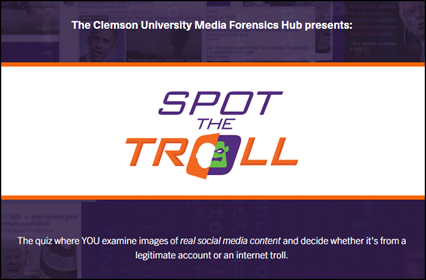
Peter: “Spot the Troll” interactive website (Darren Linvill and Patrick Warren, Clemson University).
The Washington Post reported on Sept. 15 that an arm of the conservative advocacy organization Turning Point USA was running what amounted to a domestic troll farm — paying teens across Arizona to post identical partisan messages to their social media accounts supporting President Donald Trump. Ironically, on the same day, Darren Linvill and Patrick Warren, two researchers affiliated with the Media Forensics Hub at Clemson University, launched “Spot the Troll,” an interactive web application that helps people learn to recognize and avoid inauthentic “troll” accounts on social media.
Discuss: How were the coordinated efforts of Turning Point Action (the affiliated group) this summer similar to those employed by the Russian Internet Research Agency in 2016 and featured in “Spot the Troll”?
Idea: Ask students to work through the examples in “Spot the Troll” and to take notes as they read through the analyses explaining the signs that indicate an account is real or run by a troll. Then, in groups, ask students to create an infographic summarizing what they learned from the site and, perhaps, share their findings online.
Related: “What Even Is ‘Coordinated Inauthentic Behavior’ on Platforms?” (Shannon McGregor, Wired).
Suzannah: “Could Ginsburg’s death be the biggest election issue facing America — and the media?” (Tom Jones, Poynter) (See: “A conflict of interest” subhead).
From a journalistic perspective, Jones raises important ethical concerns about the decades-long friendship between NPR’s Nina Totenberg and late U.S. Supreme Court Justice Ruth Bader Ginsburg. (Totenberg is NPR’s legal affairs correspondent and is well known for her coverage of the Supreme Court.) Jones calls out their friendship as a no-no, says the relationship raises doubts about Totenberg’s work and “lends credence to all those who think the media is in cahoots with the people they cover — especially liberals.”
Discuss: Is it a problem if journalists are friends with sources or people in positions of power? How could close relationships, such as Totenberg and Ginsburg’s friendship, affect news coverage? Do you agree with Jones that Totenberg should have recused herself from covering Ginsburg or the Supreme Court, due to the friendship? Should NPR have addressed the relationship?
|
